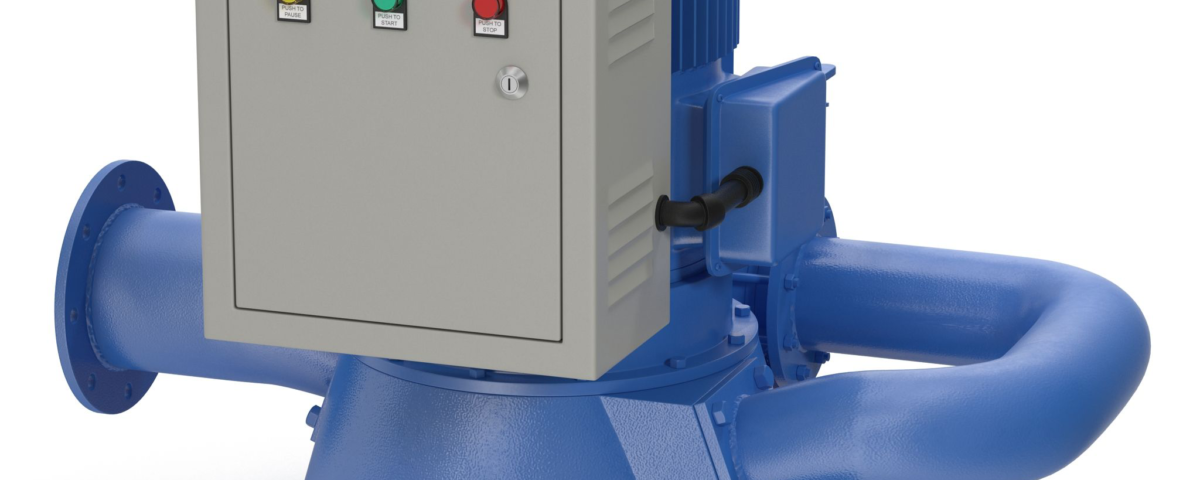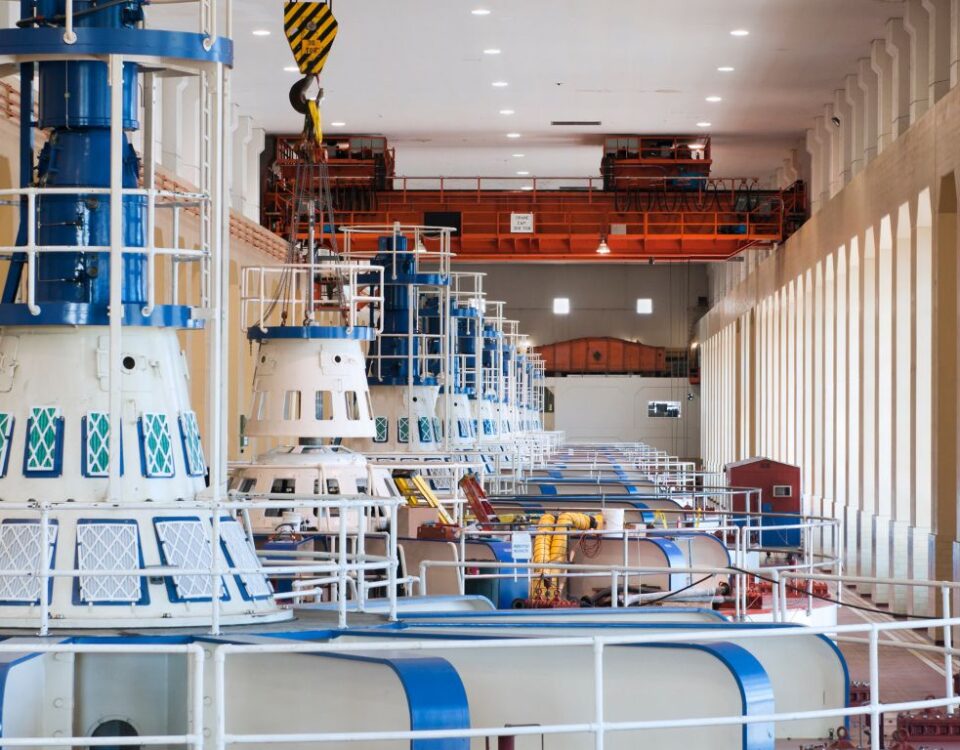
In the dynamic landscape of global energy, hydroelectric power generation has emerged not just as a solution, but as a cornerstone in the pursuit of long-term sustainability. This exhaustive exploration will meticulously dissect each facet, from the intricate components and environmental considerations to future innovations, functions, and features, highlighting how hydroelectricity is poised to play a pivotal role in shaping a cleaner and greener energy future for the generations to come.
Unraveling the Mechanics of Hydroelectric Power
Dam or Diversion Structure
At the heart of hydroelectric power plants lies the strategic construction of dams or diversion structures. Far more than mere barriers, these engineering marvels create vast reservoirs, acting as repositories for the tremendous potential energy stored within the flow of water. The controlled release of this energy is the essence of hydroelectricity.
Penstock
Acting as the circulatory system of hydroelectric plants, penstocks are critical conduits that guide water from reservoirs to turbines with precision. Their design is of paramount importance in maintaining optimal flow, ensuring the efficient conversion of water’s potential energy into mechanical power, setting the stage for the next step in the energy production process.
Turbine
The hydroelectric orchestra comprises a diverse range of turbines, each uniquely designed to harness specific water flow conditions. From the iconic Pelton turbines optimized for high-head efficiency to the versatile Kaplan turbines known for their adaptability, these mechanical wonders play a crucial role in transforming water’s kinetic energy into mechanical power, a fundamental step in the conversion process.
Generator
The powerhouse, where turbines and generators engage in an elegant dance, marks the pivotal point of hydroelectric energy conversion. Through electromagnetic induction, rotational energy is transformed into electrical power, representing the very essence of hydroelectricity. The synergy between turbines and generators forms the backbone of a hydroelectric power plant’s ability to generate electricity.
Powerhouse
Functioning as the nerve center of hydroelectric systems, powerhouses house intricate machinery that harmonizes mechanical and electrical components. This orchestration ensures the seamless conversion of water’s energy into a reliable power supply. The powerhouse is more than a structure; it is a testament to human ingenuity and engineering prowess in harnessing nature’s forces for sustained energy production.
Transmission Lines
Completing the energy symphony, transmission lines serve as the arteries that distribute generated electricity across the grid. This interconnected web ensures the seamless delivery of clean and sustainable power to homes, industries, and communities. The efficiency and reliability of transmission lines are critical in realizing the full potential of hydroelectric power generation on a large scale.
Navigating Environmental Considerations
Habitat Impact
The construction of dams, while essential for energy generation, demands a nuanced approach to minimize impact on aquatic habitats. Strategies for habitat preservation and restoration become integral components of responsible hydroelectric development. The long-term health of ecosystems is a central consideration in ensuring the sustainability of hydroelectric projects.
Water Quality and Temperature
Downstream concerns related to water quality and temperature are addressed through meticulous planning. Mitigation measures aim to minimize disruptions to aquatic ecosystems, ensuring their continued health. Long-term monitoring programs are implemented to track changes and adapt strategies accordingly, demonstrating a commitment to sustained environmental stewardship.
Sediment Transport
Alterations in sediment transport downstream are considered, as changes in riverbed dynamics can have cascading effects on ecosystems. Responsible hydroelectric projects strive to preserve natural riverbed patterns and support biodiversity by allowing sediment movement in harmony with the environment. The long-term impact of altered sediment transport is a focal point in the planning and execution of hydroelectric initiatives.
Greenhouse Gas Emissions
Despite being a clean energy source, the decomposition of organic matter in reservoirs can contribute to greenhouse gas emissions. Ongoing research and innovative solutions aim to minimize this environmental impact over the long term. The focus is on developing strategies that promote sustainability, addressing potential emissions through advanced technologies and practices.
Pioneering the Future of Hydroelectricity
Run-of-River Hydroelectric Plants
In the pursuit of long-term sustainability, run-of-river plants revolutionize hydroelectricity by eliminating the need for extensive reservoirs. This approach prioritizes environmental harmony, allowing rivers to maintain their natural dynamics. Run-of-river projects represent a visionary step towards ensuring a sustainable energy future that respects the intricate balance of aquatic ecosystems over the years.
Fish-Friendly Turbines
The evolution of turbines designed with aquatic life in mind marks a leap forward in biodiversity conservation. These fish-friendly turbines strive to accommodate fish migration patterns over the long term, fostering coexistence between hydroelectricity and aquatic ecosystems. The focus is on designing technologies that stand the test of time, promoting ecological resilience and sustainability.
Pumped Storage Hydroelectricity
Addressing challenges related to intermittent energy generation, pumped storage systems take center stage. Their ability to efficiently store and release energy contributes significantly to grid stability, offering a dynamic solution for the evolving energy landscape. Pumped storage hydroelectricity is positioned as a long-term strategy to meet the growing demands for reliable and flexible energy storage.
Functions and Features
Load Balancing
Hydroelectric power plants excel in load balancing, adapting to fluctuating electricity demands over the long term. Their ability to adjust output quickly makes them essential for maintaining grid stability. The sustained efficiency of load balancing ensures a reliable and consistent power supply, contributing to the stability of the energy grid for years to come.
Base Load Power
Hydroelectricity serves as a reliable base load power source, providing a consistent and stable supply of electricity. This foundational role contributes to the overall reliability of the energy grid over the long term. The capacity of hydroelectric power plants to serve as constant power providers positions them as essential components of the energy infrastructure for the foreseeable future.
Renewable Energy Integration
Hydroelectric power seamlessly integrates with other renewable energy sources, forming a comprehensive and diversified energy portfolio. This synergy ensures a reliable and sustainable energy supply over the long term. The collaborative approach to renewable energy integration positions hydroelectricity as a linchpin in the global transition towards a more sustainable and resilient energy mix.
Hydropower Reservoirs as Multi-Use Spaces
Hydropower reservoirs offer multi-use spaces beyond energy generation. Recreation, water supply, and flood control are among the additional functions that make these reservoirs valuable assets to communities over the long term. The sustained benefits derived from hydropower reservoirs contribute to the socio-economic development of regions, making them integral to long-term planning and community well-being.
Environmental Monitoring and Mitigation
Modern hydroelectric projects incorporate advanced monitoring systems and mitigation measures. These technologies help track environmental changes and ensure swift responses to any potential impacts on ecosystems. Long-term commitments to environmental monitoring and mitigation underscore the dedication to responsible and sustainable practices. The continuous refinement of these systems ensures adaptability to changing environmental dynamics over the years.
Conclusion:
In the expansive and evolving landscape of sustainable energy, hydroelectric power generation stands not just as a source of electricity but as a testament to responsible innovation for the long term. This detailed exploration, spanning the intricate mechanics, environmental considerations, future innovations, and the functions and features of hydroelectricity, emphasizes its pivotal role in shaping a cleaner, greener, and sustainable energy future for generations to come. As the world navigates the complexities of energy transition, hydroelectricity emerges as a beacon, harmonizing the forces of nature and technology for the enduring benefit of current and future generations.





